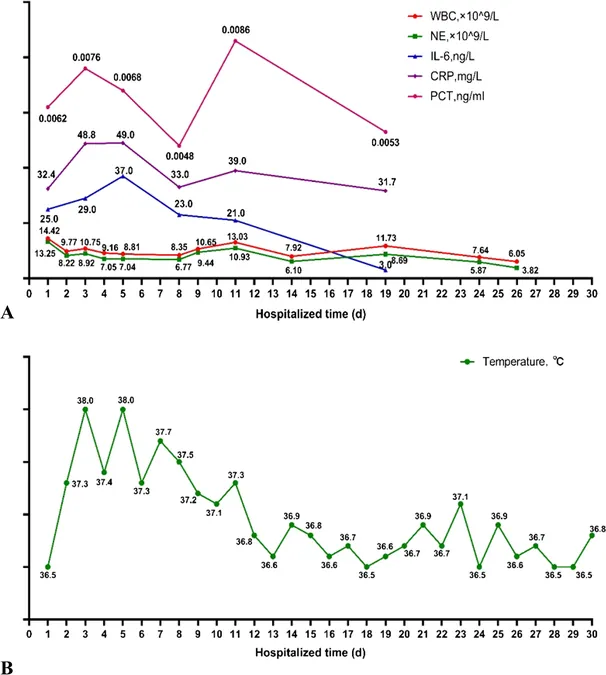
Oil Prices Slide Amid Federal Reserve Rate Cut and Mixed Inventory Results
2024-09-18
Oil prices took a dip on Wednesday as the Federal Reserve's unexpected interest rate cut fueled concerns over the state of the U.S. economy. Despite a report indicating a decline in crude oil inventories, investors appeared largely unfazed, attributing the inventory drop to temporary weather conditions.
Brent crude futures for November fell to $73.65 a barrel, a 5-cent decrease, while WTI crude futures for October settled at $70.91 a barrel, marking a 28-cent decline.
The U.S. central bank's decision to slash interest rates by half a percentage point, larger than many analysts anticipated, sparked fears about a slowdown in the job market. While cuts in interest rates generally encourage economic activity and boost energy demand, a faltering labor market could ultimately dampen overall economic growth.
The Energy Information Administration (EIA) reported a drop in crude inventories by 1.6 million barrels to 417.5 million barrels for the week ending September 13. This decline defied analysts' expectations of a modest 500,000-barrel decrease as reported in a recent Reuters poll. The reduction in inventories brought levels down to the lowest seen in a year, offering some support to oil prices amidst broader market anxieties.
However, despite the more favorable inventory report from the EIA compared to the American Petroleum Institute figures, many investors linked the inventory decline to the effects of Hurricane Francine – an isolated storm that is expected to have only a short-lived impact. Bob Yawger, director of energy futures at Mizuho Bank, expressed caution, stating that "Hurricane reports often lead to numbers rebounding in the opposite direction once infrastructure is restored."
On a different note, gasoline and distillate inventories saw a slight increase last week, reflecting varying dynamics across the oil market.
Although Brent crude had previously rebounded since dipping below $70 on September 10 — its lowest price since December 2021 — resistance around the $75 mark remains due to weak global refinery margins, which hint at sluggish demand for oil.
Adding to the market turbulence, escalating tensions in the Middle East have raised alarms about potential supply disruptions. Hezbollah has accused Israel of launching attacks against them in Lebanon, escalating the threat of conflict in the region. The Israeli military has not commented on these claims, but the situation continues to be a focal point for traders.
Mazen Salhab, Chief Market Strategist at BDSwiss, noted that the combination of seasonal demand declines and a shift in trader sentiment have contributed significantly to the price drop, although the threat of conflict in the Middle East remains a persistent concern for the energy market.
With uncertainty clouding both domestic economic indicators and international geopolitical dynamics, oil prices are likely to remain volatile in the weeks to come. Keep a close eye on market developments as they unfold!




 Brasil (PT)
Brasil (PT)
 Canada (EN)
Canada (EN)
 Chile (ES)
Chile (ES)
 España (ES)
España (ES)
 France (FR)
France (FR)
 Hong Kong (EN)
Hong Kong (EN)
 Italia (IT)
Italia (IT)
 日本 (JA)
日本 (JA)
 Magyarország (HU)
Magyarország (HU)
 Norge (NO)
Norge (NO)
 Polska (PL)
Polska (PL)
 Schweiz (DE)
Schweiz (DE)
 Singapore (EN)
Singapore (EN)
 Sverige (SV)
Sverige (SV)
 Suomi (FI)
Suomi (FI)
 Türkiye (TR)
Türkiye (TR)